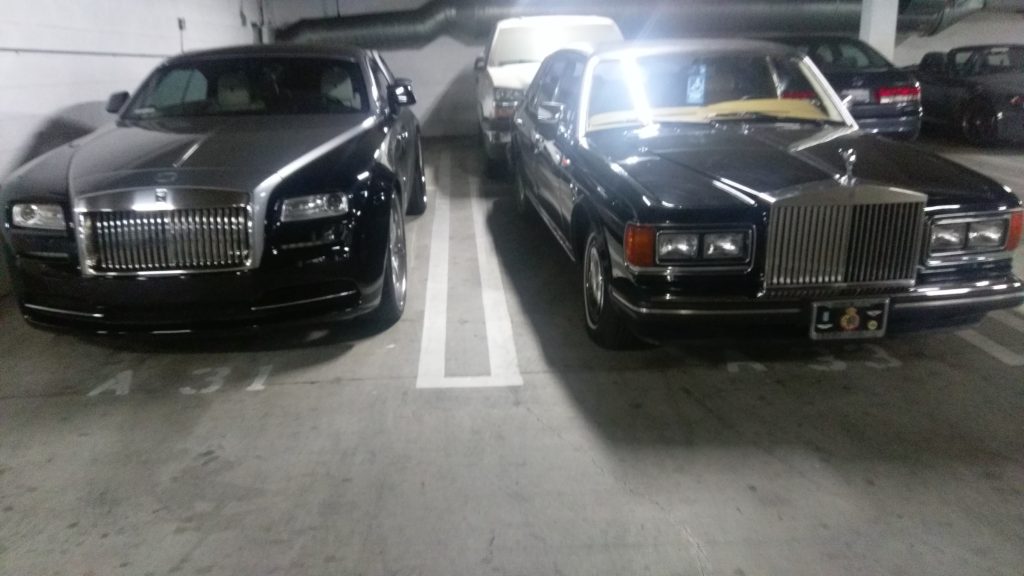There are two ways of deducting car expenses: standard mileage rate and actual expenses regardless of owning or leasing a car.
Under standard mileage rate you need to multiply amount of miles driven for business purposes by that year mileage rate. This will be you deduction. If you chose standard mileage deduction first year you place car in business, you can change it in the later years to actual expenses, but you cannot go from actual expenses to standard rate. Also If you are leasing a car, and chose to you standard mileage rate, you have to use this method until your lease is up.
Actual expenses is your actual car operating expenses: maintenance and repairs, gasoline and its taxes, oil, insurance, vehicle registration fees, lease payments proportional to the business miles driven vs total miles and depreciation. If you purchased your car, interest portion of your payment is deductible, but only if you are a self -employed. If you are an employee, interest on the car is treated as personal loan and is not deductible even though you might use car 100% for business. In order to claim depreciation, you have to own a car, not lease. If you use your car for both business or investment and personal purposes, you can depreciate only the business or investment use portion.
For 2016, the maximum first-year depreciation write-off for a new (not used) car is $3,160 plus up to an additional $8,000 in bonus depreciation. For a used car, the maximum first-year write-off for 2016 is a much lower $3,160. (These figures assume 100% business use.)
If you have a “luxury” car, chances are that leasing it and using actual expenses will give you more benefit, than using a standard deduction or purchasing it, but always consult a tax professional if you make a decision based on tax benefit, everyone situation is different.

